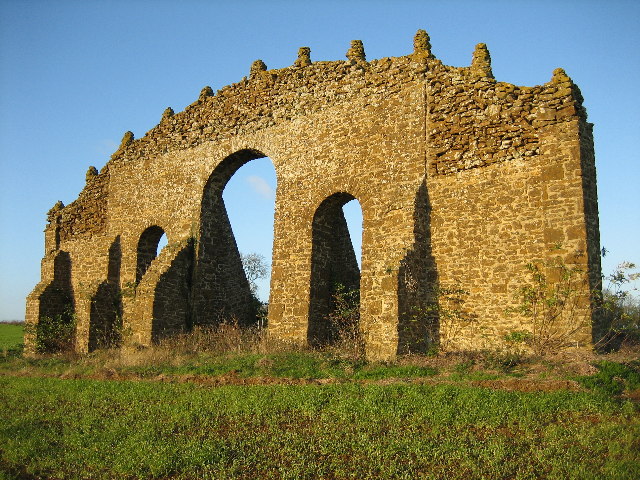
There’s something beautifully useless about this: The gardens at Rousham House, in Oxfordshire, occupy only 25 acres, so landscape architect William Kent added a sham ruin on the brow of a distant hill to give the impression that the house’s landscape extended far beyond its boundaries.
Horace Walpole wrote that Kent “felt the delicious contrast of hill and valley changing imperceptibly into each other, tasted the beauty of the gentle swell, or concave scoop, and remarked how loose groves crowned an easy eminence with happy ornament, and while they called in the distant view between their graceful stems, removed and extended the perspective by delusive comparison.”
